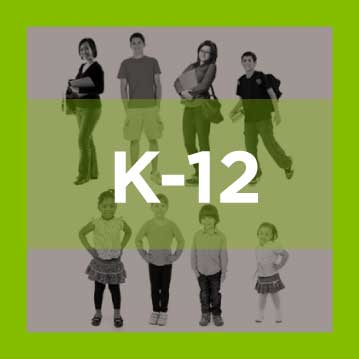Education Commission of the States has tracked governor’s State of the State addresses for more than a decade, highlighting education priorities throughout the country. With speeches underway in 2017, Education Commission of the States will continue to track themes through a regularly updated database.
With the approaching presidential transition, we reflected on the trends highlighted in the previous presidential transition year – 2009 – and how those trends have evolved in the years since. While there are certainly some new education issues that have entered the spotlight in the last eight years, such as dual enrollment, many of the issues that were prominent in 2009 are still dominating education policy discussions today, including school finance, postsecondary affordability and workforce development.
Funding education has been one of the most consistent topics of discussion for governors throughout the years. With the economic crisis of the 2008 recession in full swing, school finance issues were a top priority for many governors in 2009. In those addresses, governors focused on strategies for developing new funding streams, proper allocation of funds and addressing shortfalls within the education budget. In recent years, governors have expressed the desire to increase education budgets to backfill previous recession-based cuts.
Workforce development issues have also received consistent attention over the years. In 2009, policy proposals were primarily centered around working with postsecondary institutions to foster growth in the workforce. By 2016, the discussion of this issue centered around Career Technical Education ideas. Specifically, some governors proposed programs to assist students with the development of technical skills during high school. These programs were designed to develop students’ skill-sets prior to entering college, careers or both, allowing them to participate more meaningfully in all of their post-high school endeavors.
The topic of postsecondary affordability arose as another popular and recurring theme. While few governors provided concrete solutions in their 2009 State of the State addresses, most listed the prevention of massive tuition increases and halts to higher education budget cuts among their top priorities. These themes are still present eight years later, illustrating the complexity of solving the higher education affordability problem. Early addresses in 2017 demonstrate that governors continue to make this issue a priority.
Many governors placed an emphasis on dual enrollment in their 2016 addresses, an issue that was rarely mentioned in 2009. Dual enrollment provides students the opportunity to earn college credits in high school, thereby saving them money and time. Policymakers view dual enrollment as an effective way to move students beyond high school completion and towards success in their postsecondary careers. The lack of emphasis placed on dual enrollment in 2009 serves to highlight the shifting educational priorities and initiatives throughout the country over the past eight years.
For further information about what governors prioritized in the last presidential transition year, you can find the recap of the 2009 addresses here by state and here by topic. Make sure to check out our database often as it is updated with new State of the State addresses weekly. In March, we will release a report with a summary of trends from 2017.











